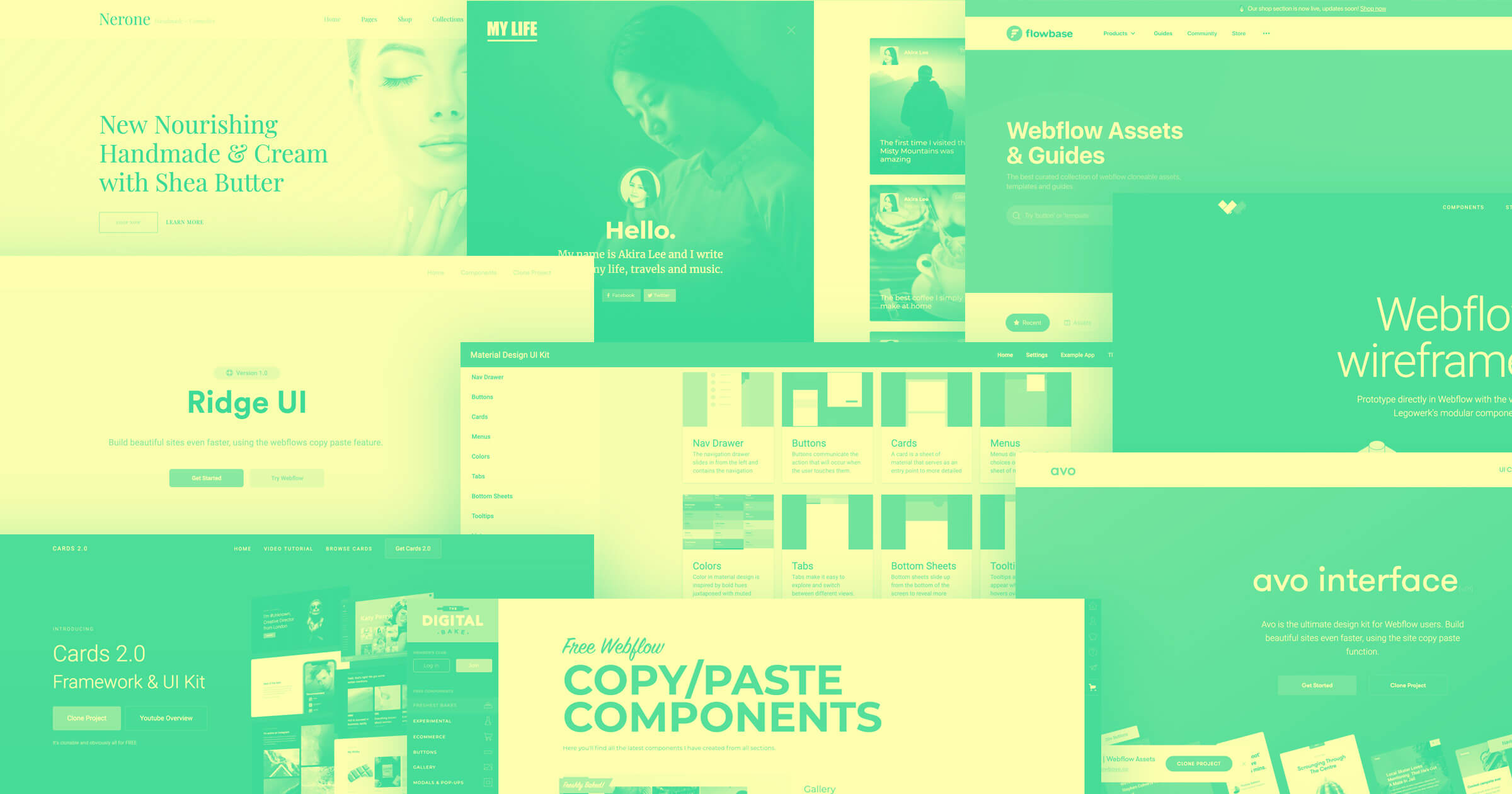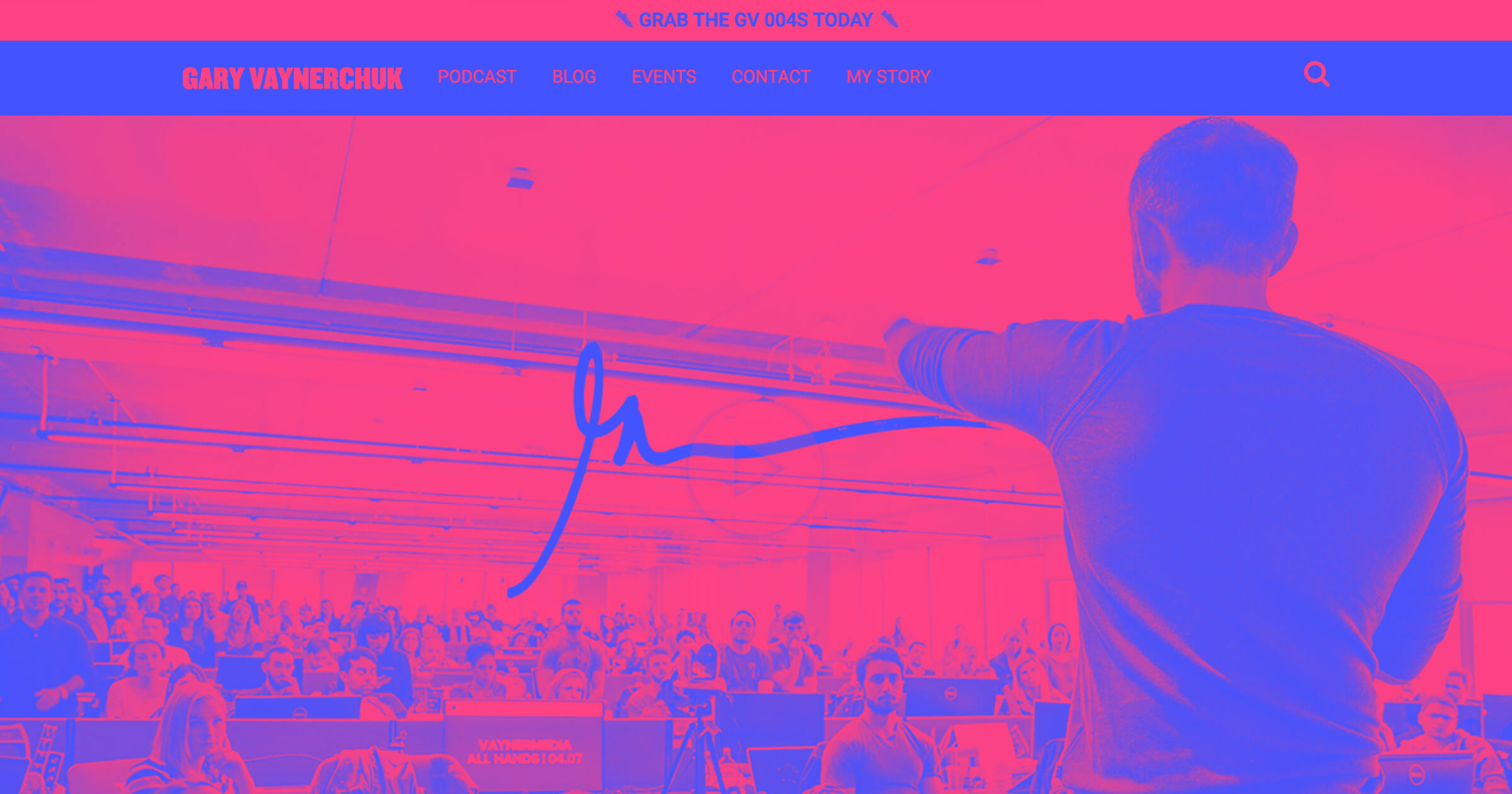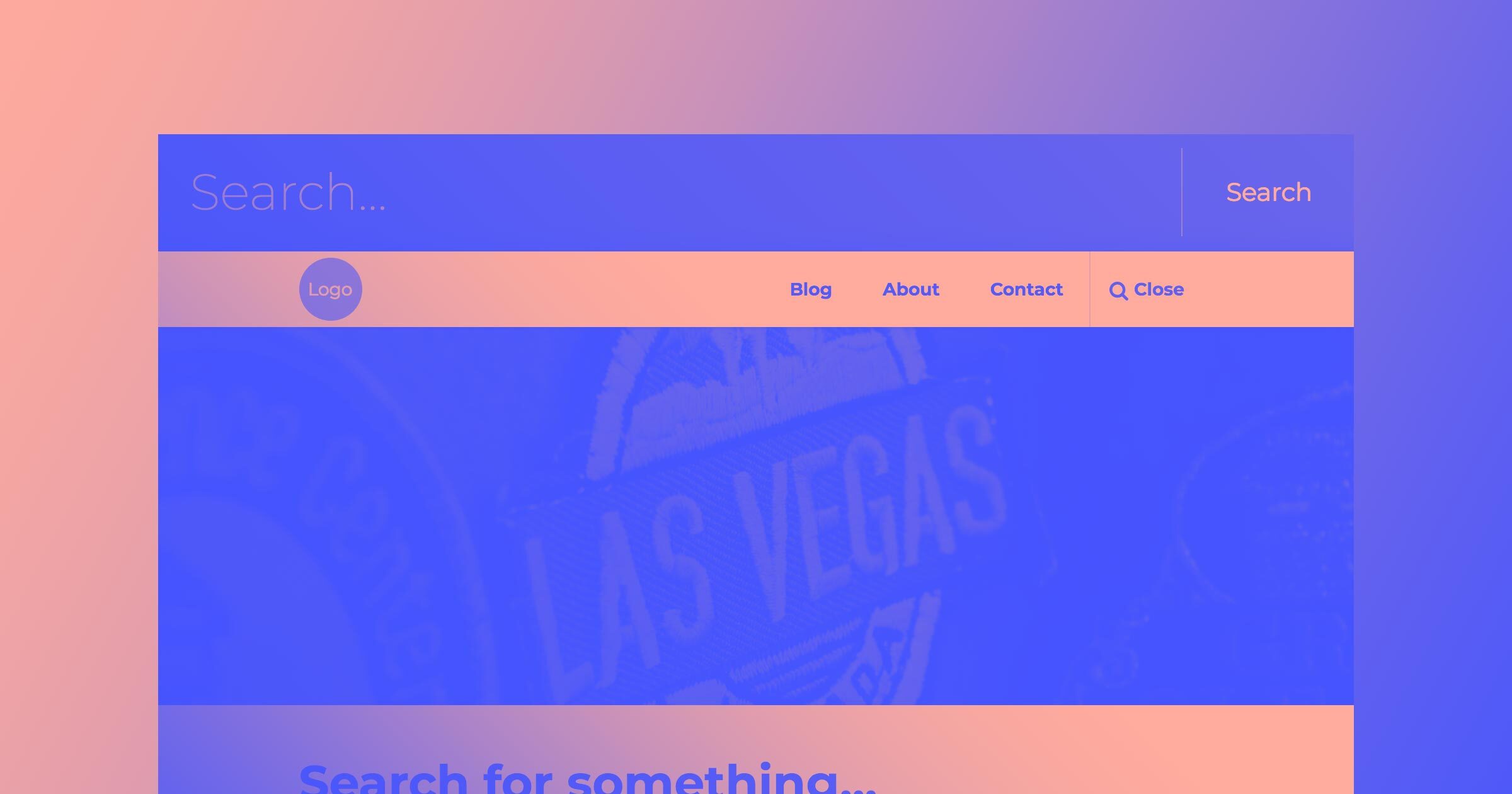What comes to mind when you think of the word “brand”? We’ll wager it’s a big name like Apple or Nike. But what makes these companies brands?
A brand is a promise and an identity. You’d buy a pair of Nike because it represents athletic prowess and glamor, or an Apple device for its innovative and design-forward products.
And a brand doesn’t always have to be for a large corporation, it can just as easily be the distinct identity of an individual. This is called personal branding, and you’ll likely recognize it from social media. And personal branding can be for anyone — not just influencers.
If you’re wondering about how to brand yourself, look no further. This guide will explore the ins and outs of personal branding and how you can put it into practice in your own life and work.
What is personal branding?
Personal branding is an effort to shape how others perceive you through messages, values, and beliefs. The ultimate goal of personal branding is to widen your influence by marketing yourself as an individual or business.
This brand building often relies on your expertise and point of view — through your career, life experiences, and more. It's a conscious pursuit to increase your credibility and place yourself as a leader in your field, and in doing so, set yourself apart from the competition. In a digital age where everyone has an online presence, personal branding helps present what separates you from the rest.
Personal branding isn’t the same as reputation, as it requires you to align your goals and intentions with action that makes a difference. If you have a solid brand, people often find comfort in knowing what to expect from you.
Check out these 18 personal brands and how they’ve influenced their particular fields this year.
What does personal branding do for you?
Let’s look at a few of the benefits of creating a brand for yourself.
1. It shows you’re authentic
Personal branding allows you to be genuine while showcasing your beliefs and values. It helps you be open about your vulnerabilities while highlighting your strengths. For example, sharing stories about your achievements, risks taken, and failures shows your audience who you are.
Your talents, ambitions, and beliefs form your personal brand. Sharing your successes and failures provides insight into how you would behave in a particular situation — and that takes vulnerability. Audiences tend to appreciate this rawness and may look up to you as a role model.
2. It helps build trust
A personal brand builds an intimate persona that makes people feel like they know you. It helps build trust with your audience, followers, colleagues, potential customers, and anyone you interact with.
Additionally, building a personal brand brings your true intentions to the fore, which is crucial when establishing relationships and forming bonds between your personal brand and the recipients of your content.
When someone views your content over and over, they form a connection with it. They might find your content relatable and reliable. As you establish yourself as a thought leader in your field, you’ll become trustworthy and a credible source of information for your audience.
3. It gives you credibility
As mentioned above, building a personal brand lets you position yourself as a thought leader in your area of expertise and establishes you as a reliable source. This boosts your credibility and leaves a positive first impression on people you interact with.
Aaron Ward is a great example of someone with a successful personal brand. He’s an entrepreneur who helps his audience create content and sell digital products online. Along with a stellar blog and YouTube channel, Aaron has a website made in Webflow to showcase some of the illustrious companies he’s worked with, including Red Bull and Spotify.
4. It offers you an opportunity to grow
Most importantly, building a personal brand allows you to grow. A successful personal brand can help elevate your career while influencing others and inspiring them to do the same.
Personal branding helps define who you are to the world, setting the tone for the content you want to disseminate and direction you want to take.
Creating a clear path helps you work your way up the career ladder by establishing industry connections, networking with like-minded individuals, and improving your relationship with those you influence. In turn, you’ll enhance your portfolio and open new gateways to various opportunities.



















Get started for free
Create custom, scalable websites — without writing code. Start building in Webflow.
5 steps to branding yourself
Personal branding is an important practice, as outlined in the section above. But how do you get started? Let’s look at five steps you can take.
1. Define your values
Ask yourself the right questions: What drives you to become a personal brand in your field? What’s your expertise, and what are your motivations? Stay honest and find the answers to these questions. That will help you become the most authentic version of yourself.
2. Know your audience
Identify your audience early on. This is easier to do once you’ve settled in a particular field. Once you’ve done that, ask: Who are you talking to? Who’s your target audience?
Answering these questions will mold your messaging to the demands of an audience that you helped define. This audience — and the messaging provided to them — is specific to you, making the brand-audience relationship unique.
3. Get yourself out there
Make yourself visible in places that matter. If you’re a graphic designer, writing a personal blog probably isn’t the best way to promote your skills. Instead, use Behance, Dribbble, Instagram, TikTok, or other more image centric platforms to share your designs. If you’re a B2B marketing professional, try posting insights regularly on LinkedIn.
You’ll see things come together when you consistently use different platforms to create an online presence and showcase yourself and your skills.
4. Network
Networking is a crucial aspect of personal branding. Building solid relationships with like-minded individuals puts you in a positive environment for growth.
Social networks are a great place to start. You can create a unified social media profile across online platforms, create content, and form partnerships with other personal brands to boost business branding across your social media channels.
Going to events, hosting webinars, interacting on Instagram and Twitter — these are all great networking methods that can help you connect with relevant people in your field. Finding other people with strong brand identities that interest you or align with yours could lead you to new ideas for content or outreach opportunities.
It also helps you generate brand awareness and collaborate with others to increase theirs. It’s a win-win that offers a range of benefits in the long run. Start sharing those digital business cards.
5. Be open to feedback
No matter how successful your personal brand becomes, there’s always room for improvement. Embracing positive change shows maturity and allows you to fully develop a brand that speaks to your audience, and more importantly, is authentically you.
Things to keep in mind for your brand
Once you’ve established your personal brand, it’s crucial to maintain it. You don’t want to lose any value proposition after all your hard work. Instead, develop a long-term personal branding strategy to stay consistent and true to your brand.
Here are a few essential things to consider for your brand:
- Be clear about your brand’s message: Your persona is unique. It solely stands for you as a brand. Be clear about your values and beliefs, how they support your message, and how you portray that to the world. Ensure you’re consistent with your message and true to your words. If you constantly change your messaging, you could come across as unreliable, affecting your personal branding long-term.
- Think about your impact: Personal branding should be about positively influencing your career while inspiring others to do the same. Think about what you want to do, and make a conscious and informed effort to reach that goal. Hold yourself accountable for it.
- Use the power of storytelling: Storytelling is a powerful way to reach out. Use multiple formats, such as photos, videos, and text, to tell stories that showcase your personal brand. YouTube and Instagram can be powerful platforms for this that allow your content to reach wider audiences. The foundational elements of your story — where you come from, what you’ve experienced, how you’ve grown — will persist as you develop, helping connect you with audience members with similar backgrounds or dreams.
Show the world how unique you are
Your personal brand is your reflection. It shares your story with the world while helping you stand out. It can make you a credible, trustworthy source that inspires others to become personal brands themselves.
Personal branding can give you a sense of direction and take your career to new heights. But if you want to get yourself out there, you’ll need a digital identity to share with the world.
A great way to begin this journey is to build an online presence. Start with an impactful website that truly represents you. Your personal branding journey starts with Webflow.






























